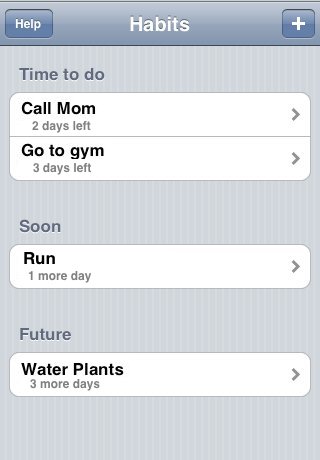I started running in 2005 and did a marathon in 2009, but I ran sporadically for a few years after that. I had always done it pretty much on my own, and that limited my progress and sometimes led to injuries.
I started running seriously again in November 2018. The big change I made was getting a coach. I had just read Peak [amazon affiliate link] by Anders Ericsson, and learned that one way to become an expert was by watching experts. It wasn’t so much what the expert taught—Ericsson thinks that experts don’t always know why or how they do things. What seemed to be useful was just observing experts. (Incidentally, Ericsson is also the source of the 10,000 hours idea popularized by Malcolm Gladwell. Peak corrects a lot of the misconceptions about that).
My running coach, Holly, has run her whole life. She’s done 25+ marathons and several triathlons and also uses coaches herself. She often expresses her lessons as her observations of the elites she was run with (so I am observing an observer). Two years into it, I have gotten everything I wanted out of it and more.
So, I am trying to apply the success I have had by running with an expert to other aspects of my life.
I want to write a lot more, so I joined the Blogging for Devs pro community where I am surrounded by devs of all success levels that I can observe. Last year, I did the Akimbo Podcast Workshop which similarly exposes you to a cohort of podcasters—a mix of experts and other learners. I am learning a lot just by watching and emulating their behaviors.
The recurring behavior I observed from the successful bloggers and podcasters in these communities is to just publish. Almost everything else there is to learn only makes sense in the context published work.
So, my advice is to seek out experts doing the thing you want to be an expert in. And when you find one, I’d ask just to watch them work and then emulate their behaviors without necessarily understanding why at first. The book, Peak [amazon affiliate link], has a lot to say about this, and if you are skeptical, watch this video about learning tennis by observing.
